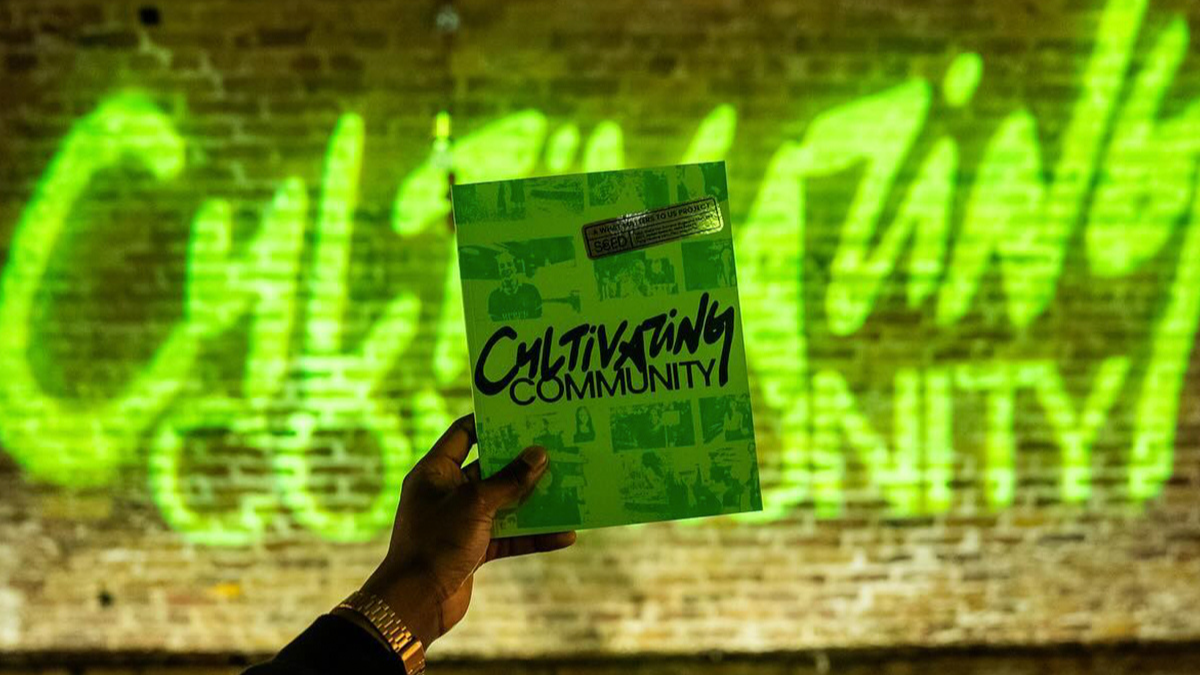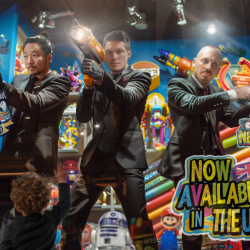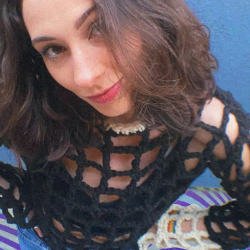In late March, Seed (Amplify’s Gen Z agency) hosted its ‘Cultivating Community’ event, a What Matters to Us project, in partnership with eight youth-run communities. They collaborated with for-youth-by-youth communities and cultural visionaries to explore how community is shaping the next generation and what this means for brands.
Seed found eight collectives from across the UK, covering a range of passions and purposes, from nunchuck-wielding warriors and global gaming collectives, to mental health advocates and a radically trans-inclusive football team. The collectives came together for one project to share the challenges they face and the legacy they hope to leave behind in a limited edition zine and short film.
MediaCat Magazine’s Content and Social Media Editor, Grace Gollasch, spoke to Seed’s Creative Director, Joel Menegazzo, about the process behind the project.
How did you find the community groups involved in the project? Was there a certain criteria you were looking for?
In short, we found the communities through our internal and external network, coffee with some well-connected friends, alongside our own desk research. With the right brief (and eye), a dive through Instagram uncovers some progressive crews fairly quickly. The criteria was simple, we were seeking communities that were created by youth, for youth. Ideally somewhat established in reputation, though grass roots in spirit and still evolving. Our list was much wider than the eight communities we collaborated with, ensuring a diverse line-up of craft, activity and background ultimately helped us land on the final crews.
Our project is an ongoing one, so we’re aiming to work with our wider list of communities throughout the year and beyond. Whether that’s through ‘What Matters to Us’ as it evolves, or pairing them with brands. There’s so much talent and energy there, we’re keen to ensure it’s unlocked.

There’s been an evident rise in community groups, as confirmed by Google Trends. As with most things that gain popularity, the zine mentions that the word community has undergone ‘the inevitable process of buzzwordification.’ How can brands avoid falling into the trap of ‘community-washing’?
Brands should take the time to understand and define what ‘community’ means to their brand and why they’re looking to enter that space. If it’s reaching followers on Instagram, that’s fine, but be honest about what you’re trying to achieve — the concept of ‘influencer’ and ‘community’ are very different things.
Brands should understand that these communities are bonded by a sincere love for a shared passion, and for many it’s not been an easy road, so they are protective of their space. Ultimately, if brands want to avoid community-washing, approach with honesty, and understand the community’s vision and needs, then explore how they can support that vision authentically.
Seed outlines five key aspects driving the rise in communities. Can you please elaborate on them? Does one stand out to you as a main driver?
An obvious driver is the pandemic, and whilst we are tired of talking about it, it essentially stripped us all of human connection for years. We’re still seeing a knock-on effect from that, the hunger to form relationships with each other is stronger than ever. We’re seeing this appetite flourish as youth seek to revenge their lonely years by forming IRL connections with like-minded peers and communities.
However, the driver I found most inspiring is how communities are tackling the lack of representation and space, (a result of funding cuts, venue closures and an overall competitive landscape). And that’s being dealt via a very punk-rock, DIY attitude of —‘it doesn’t exist, no-one is going to make it for us, so let’s do it ourselves.’ Summarised perfectly by Peng Femme Jam, ‘we just couldn’t see a mainstream space that represented what we wanted to do…Okay, we’re gonna take it into our own hands and do what we want on our terms…a lot of youth communities doing similar things, a radical response to what isn’t available to us.’
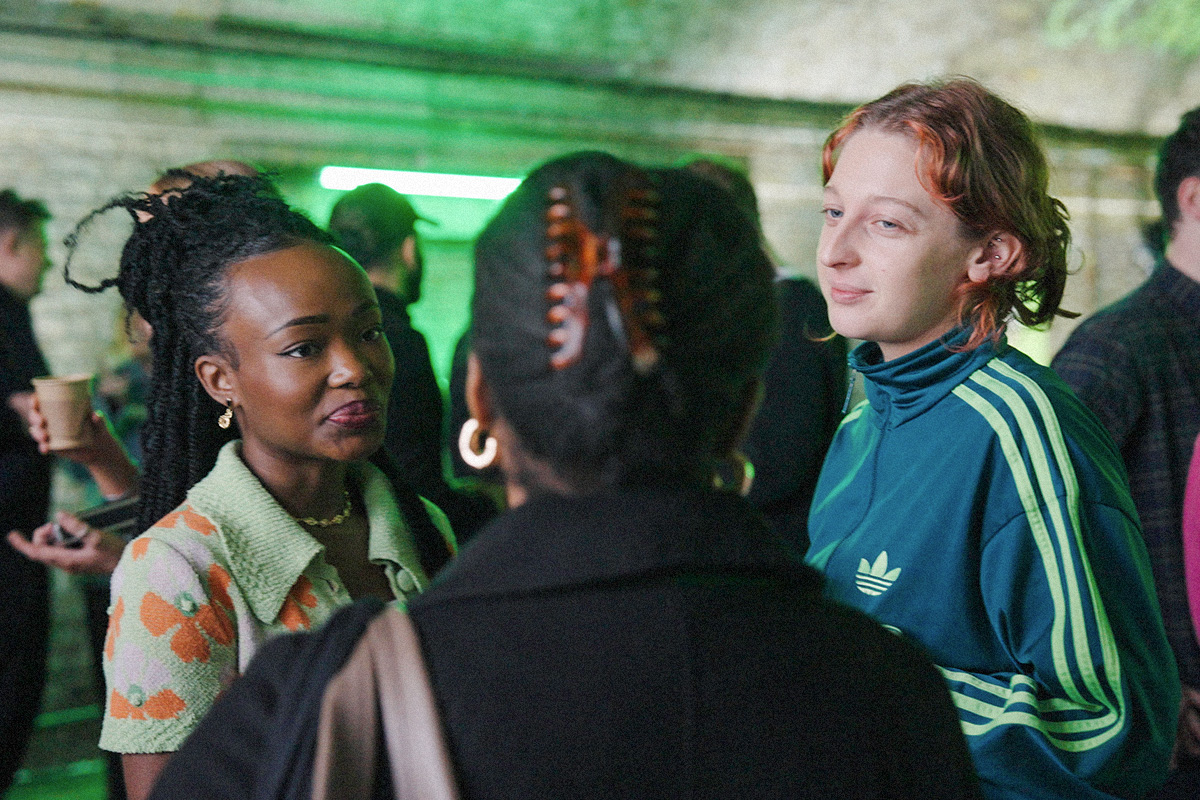
A key talking point from the event and zine is to Always Be Asking Questions, otherwise known as ABAQ. What is the first question a brand should ask a potential community they want to engage with?
If a brand genuinely has good intentions it should ask the community what they want to achieve, first and foremost. What’s their dream? Then how can we help? It’s no secret a value exchange is to take place, though defining and agreeing the vision together should ensure the partnership is a smooth one.
The era of mere spotlighting is over. Gen Z want authentic engagement, tangible support and transparency — and they are really good at sniffing out the bullshit. How can brands authentically connect with youth community groups?
Support first, sales later. Youth aren’t afraid of being sold to, but they want it from brands that are in it for the long haul, that understands their needs and who they are. It’s clear when a brand has taken the time to understand the community and worked collaboratively to create something together, rather than a badging exercise.
Put simply to authentically connect, brands should ask questions, understand what is important to the community they’re partnering with, be transparent about their expectations, and then offer tangible support, ideally for a sustained period.
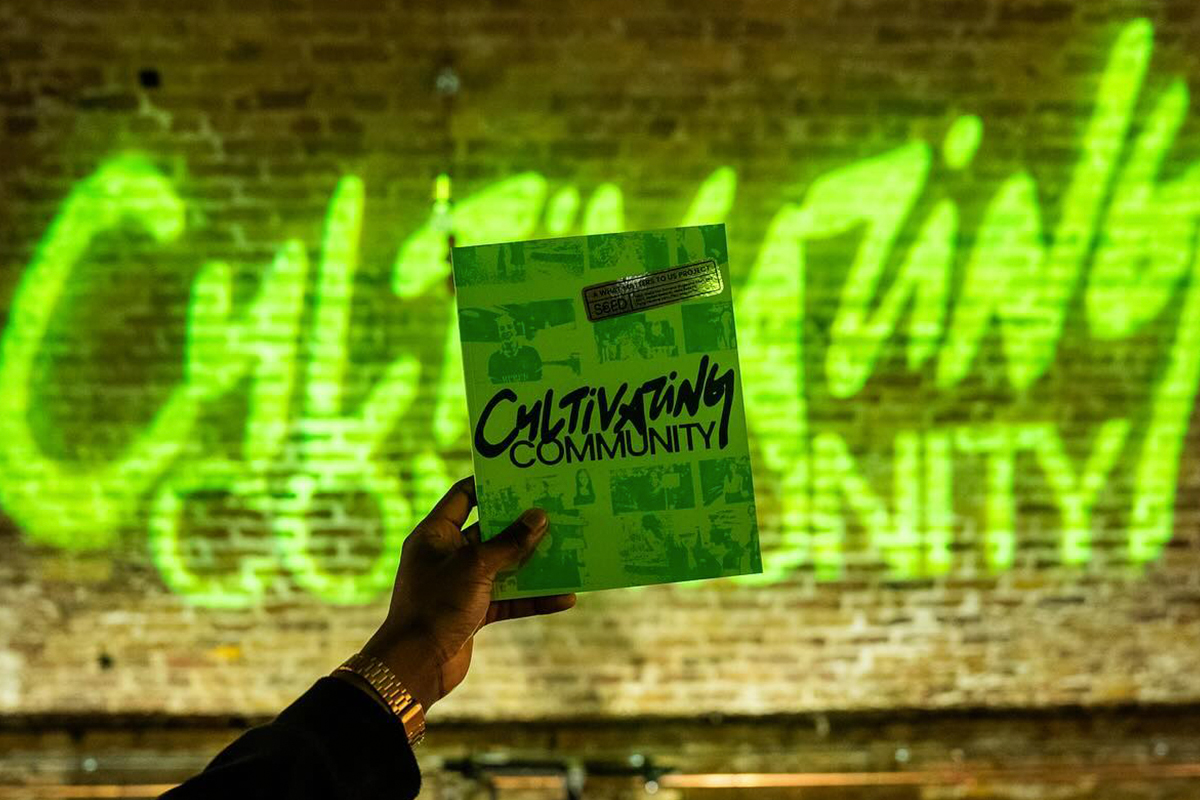
Seed mentions that each of the youth communities ‘taught us something unexpected.’ What were some of the most unexpected things you learnt throughout this project?
Although the communities we partnered with were from different backgrounds, there was a consistency to the challenges they faced and the reasons they were founded in the first place. One notion that stood out, is there is no ‘end goal.’ Their mission it’s about the journey they’re on. Creating a safe space to be together, experiment freely without judgement and connect with people who share a similar vision.
Since the event, have you talked to the brands in attendance? What takeaways did they share?
We’ve had extremely positive feedback since the event, from communities and brands alike. The common sentiment from both sides is wanting to work together in a similar format to ours, and learn from each other — to create a truly collaborative approach. Echoed by brand attendees mentioning they learnt something new from the communities, case in point – why we should be listening to what they have to say.
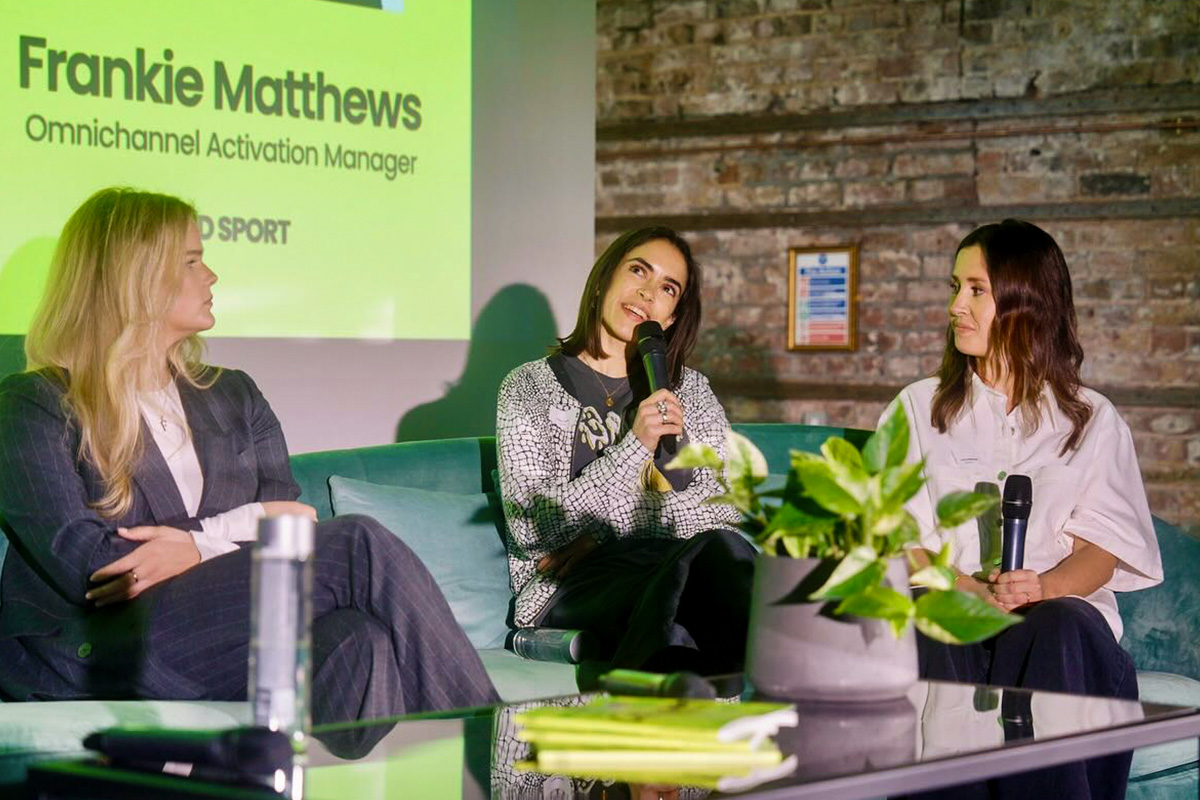
How do you envision the future of this project, and more broadly, the future of communities?
We saw the WMTU project as a ‘blueprint’ on how to ‘do it right’ when collaborating with communities. Based on the mutually positive feedback, it’s something we feel has been achieved. Looking to the future, Cultivating Communities is an ongoing project, staying true to our learnings we want to ensure our relationship with the communities continues to grow and be nurtured. Taking the form of panel talks, research pieces and focus groups but most importantly — showcasing the communities we’ve partnered with (and the longer list) to our clients and prospective brands, helping them collaborate together.
As for the future of communities, we’re in safe hands. They’ll continue to grow and evolve with or without us (brands). It’s up to us how and when we join on their ride.
Featured image: Cultivating Community zine

















